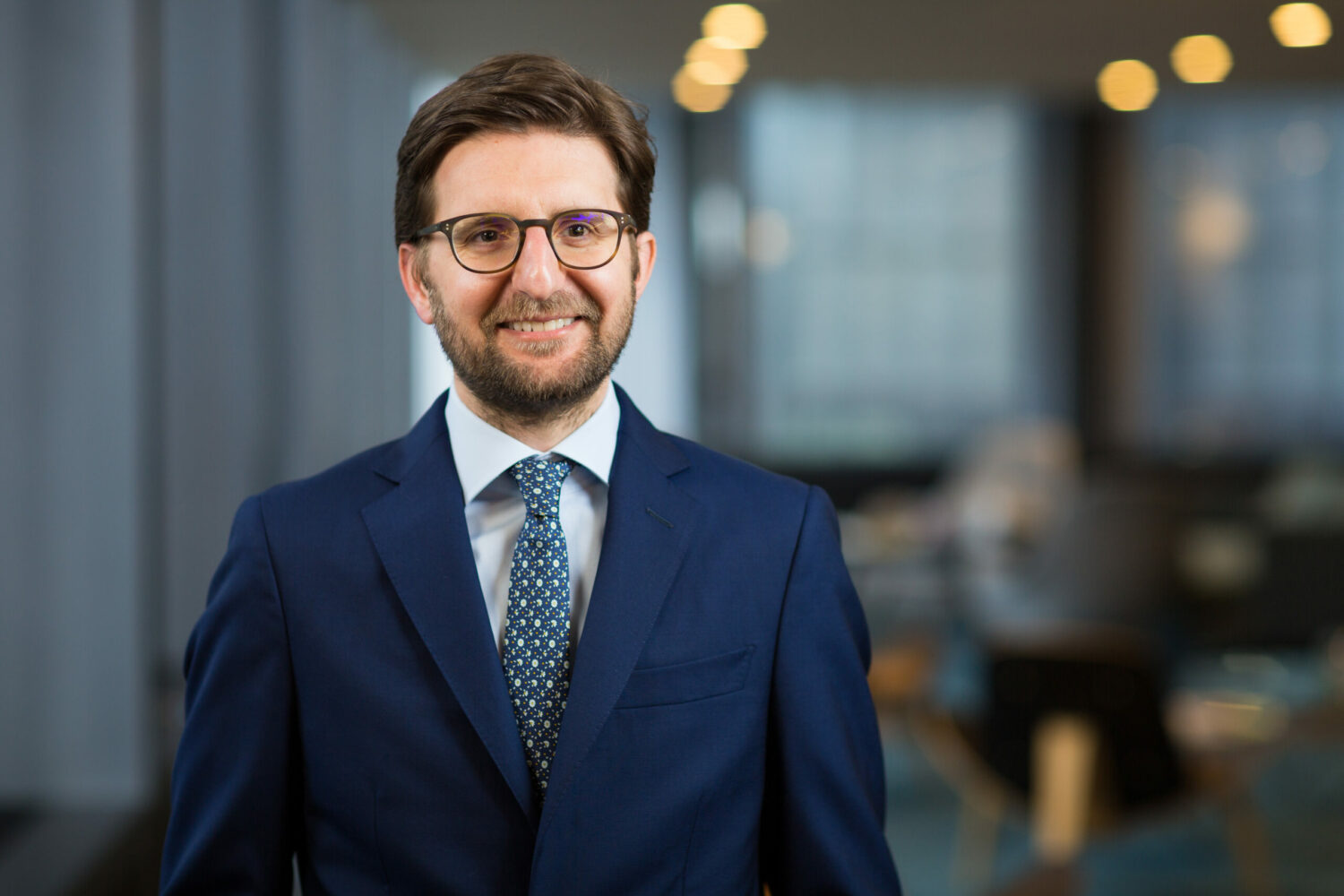By Jonas Wäingelin, NordicInvestor
As with other risk assets, emerging market debt (EMD) has not been immune from the damaging effects of COVID-19 on economies and financial markets. Expectations of higher defaults have generated negative headlines; the likes of Argentina and Lebanon have already defaulted on their sovereign debt, while Moody’s warns that almost 14 per cent of bonds issued by speculative-grade emerging market corporates could default in the 12 months to March 2021.
However, as always with EMD, the reality behind the headlines is more nuanced. The asset class has created impressive value over the long term and can still enhance portfolios in an era of low returns in other markets. The key is knowing where to look and constructing portfolios that will be resilient in a wide range of possible outcomes.
In this Q&A, Liam Spillane, head of EMD at Aviva Investors, and Aaron Grehan, deputy head of EMD, Aviva Investors, share their thoughts on risks and opportunities across the EMD universe.
March was a turbulent time across all asset classes. Has the point of peak volatility passed for EMD?
Liam: While the extreme conditions of March are unlikely to return, there will be spikes in headline volatility as the situation evolves. Volatility may be expressed in different ways, emphasising the importance of differentiation in EMD. There could be more isolated volatility in certain countries or sovereign clusters.
Has there ever been such a contrast between the best and worst-case scenarios for EMD?
Aaron: The difference between the two scenarios has never been so great for all markets, driving a broad range of return expectations. EMD has never been subject to a more uncertain outlook during my career.
What have been some of your key decisions at a portfolio level in response?
Aaron: We have made quite sizeable adjustments in hard currency, depending on the outlook for specific countries, how badly they have been affected and the strength of their credit metrics heading into the crisis. The higher yielding nations can be ranked as least vulnerable, at risk, moderate risk and those that have defaulted, or face imminent default risk.
The market was quick to reprice the least vulnerable nations and those in default, but countries facing moderate risk could go either way. We made the most significant changes to positions in the at-risk category, reducing exposure to countries which we feel face significant liquidity and solvency risks. Effectively, we adjusted portfolios where there is a risk of a credit event in the coming months.
Which countries are getting it right or wrong in terms of policy reaction?
Liam: On the local currency side, countries like Russia and Peru have been longstanding favourites with investors. This is partly because they have a lot of policy tools and foreign exchange reserves, as well as reasonably strong fundamentals that should allow them to navigate this crisis better than other nations.
Aaron: Countries have tended to behave true to form. The response has not been positive where policy or governance has traditionally been weak. Countries demonstrating good policies and sound financial management can make pragmatic adjustments and weather the crisis in better shape. Ukraine is passing reforms. Ivory Coast and Kenya have been relatively quick to adjust budget spending and offer financial data and projections that investors can use in their calculations. That is not an easy task.
What influence does the involvement of multilateral agencies have on your outlook?
Aaron: The IMF has taken on an increasing role in hard currency and frontier markets in recent years, and this is set to increase through a variety of mechanisms. Many countries are seeking short-term funding, with few conditions, which is likely to be a precursor for more extensive programmes. South Africa is looking for financing support through a Rapid Financing Instrument. This may be the start of a bigger and more meaningful relationship with the IMF.
We have already seen a few defaults. What are your future expectations?
Aaron: Default rates will be high, possibly the highest in history. Credit events are already underway in Lebanon and Argentina. Unless normal conditions quickly resume, other countries with weak credit metrics are set to join them. Pakistan has already been given a payment break, and it appears that Sri Lanka is at significant risk.
The role of private investors is complex. Given legal restraints, it is hard to imagine a broad-based or collective approach that can reflect individual commercial interests. Experience of these situations suggests that bespoke, country-by-country arrangements are more likely, although ongoing financial needs could be accommodated collectively. Whether a payment holiday or restructuring is required will depend on full analysis of debt sustainability.
Could private investors become more aggressive or activist in restructuring negotiations?
Aaron: Fund managers do have a fiduciary duty to their own clients to push back in such situations but must also recognise the challenges facing the issuer. It is important to find the middle ground, where neither side is penalised in an unduly harsh fashion. Economies must be allowed to be sustainable, but countries are also bound to meet contractual obligations to the best of their ability.
Liam: The health crisis brings a new aspect to this conversation. Countries need to look after their populations as they issue new debt or undertake restructurings to fund stimulus measures. This could lead social and economic agendas competing for finite financial resources. Unrest is an increasing possibility if people feel that governments are accommodating international investors at the expense of their needs – healthcare, for example. Investors will have to become social as well as financial partners.
What about the situation for EM corporates? They entered the crisis in reasonably good health.
Aaron: Emerging market sovereigns are facing higher default expectations than developed market peers, but this is not true for companies. For the most part, emerging market companies have better fundamentals than their global counterparts and defaults should be lower.
Prospects for quasi-sovereigns will depend on the ability and willingness of governments to assist in times of difficulty. Pemex has been on a downward credit spiral for a decade or more, but the Mexican state is likely to support it given its scale and strategic importance for jobs, tax revenue and domestic energy supply.
How has the influence of China changed during the crisis and what is the overall outlook for the country and its sphere of influence?
Liam: Ten or 20 years ago, developed markets were the primary drivers of emerging market growth. Since then, China has been the dominant driver. However, the five-to-six per cent yearly growth we have become accustomed to will likely be around two or three per cent this year. That will have an impact.
Chinese loan provisions account for a significant proportion of overall outstanding sub-Saharan African debt in the hard currency universe – around 30 to 40 per cent in some cases. It is hard to determine the collateral for these loans, even as China’s influence has grown in the region. Currently though, China seems more willing to take a partnership approach to its long-term sovereign borrowers in times of difficulty.
Any final thoughts?
Liam: The evolution of unconventional policy in emerging markets will be interesting to follow. It harks back to the dark days of the emerging market debt crises in the 1980s and 1990s but has a new forward spin due to COVID-19. Each country will respond differently, and the situations are fluid. Investors will only begin to see if and where it has been successful over the coming quarters.
Aaron: Differentiation is becoming even more pronounced than ever in EMD. Record high default rates and headline risk will affect all countries and sub-asset classes to a greater or lesser extent. However, there are pockets of opportunity, where credit metrics have been strong, and issuers will be more flexible and resilient through the crisis and beyond.




